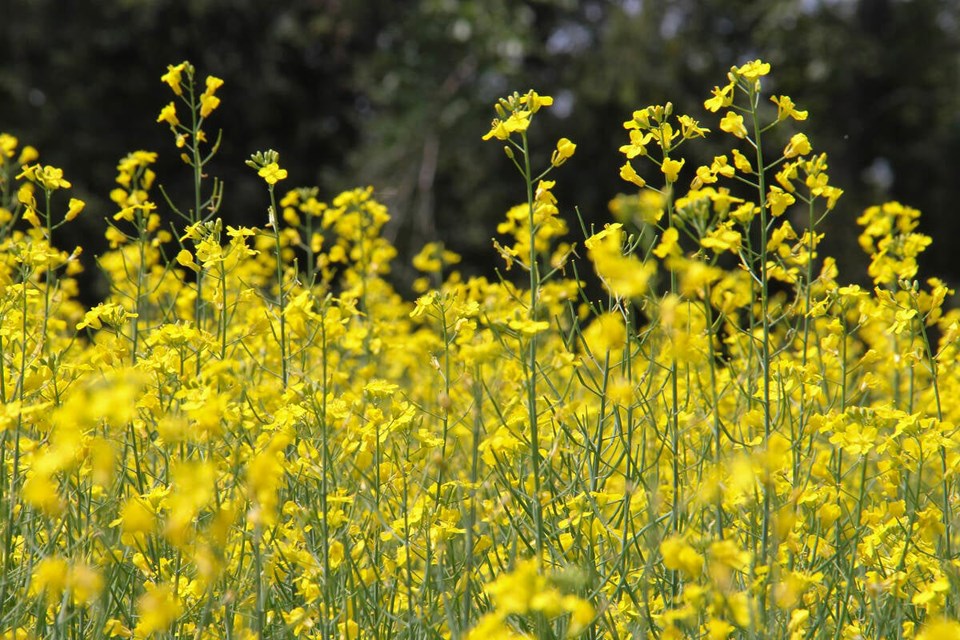SASKATOON — For canola growers on the Canadian Prairies, the week ended July 24 seemed like the best of both worlds: much-needed rain and higher prices.
Scattered showers of variable intensity brought necessary moisture to canola fields in the region, mostly in the southern half. The precipitation added some stability to the crop, for which Agriculture and Agri-Food Canada estimated production at 17.8 million tonnes, the smallest since drought-stricken 2021-22 and slightly lower than the five-year average of 18.25 million.
The rains failed to put a lid on canola prices early in the week. While trade was choppy, the November contract on the Intercontinental Exchange closed above the $700 per tonne mark for the first time in 10 days on July 18. The November numbers went on to surpass that level three more times over the next four sessions while remaining above the 50-day average.
Chicago soyoil contracts, which often guide the movement of canola prices, are nearing overbought territory. August bean oil closed at 56.67 U.S. cents per pound, more than two cents above its 20-day average and nearly five above its 50-day. Also lifting vegetable oil prices are Indian palm oil imports reaching an 11-month high in June. Demand remains strong due to lower prices and upcoming festivals.
But three negative sessions for November canola in its last four brought its price down to $695.70/tonne, below its 20- and 50-day averages, as well as the psychological $700 mark.
This triple threat of resistance is also accompanied by two more factors. The United States Department of Agriculture earlier in July projected 2025-26 European rapeseed production at 19.45 million tonnes, more than 2.5 million larger than in 2024-25. In addition, Reuters reported that China is preparing to re-open access to Australian canola. China’s 100 per cent tariffs on Canadian canola meal and oil are still in effect, while the results of its investigation into alleged canola dumping by Canada are likely to be released before the end of 2025.
Despite the numerous factors dictating where canola prices could go, it is still pretty much a weather market. A hot and dry August could reduce the canola crop and help the November contract break through the $700/tonne mark for a lengthy period. However, if rains continue, it is still possible for canola to decline further.
About the author
Related Coverage
Canola market sees up and down week
Canadian canola prices hinge on rain forecast
Critical growing season is ahead for soybeans
Canola market finds upside as U.S.-Canada trade talks restart
June’s fast-moving grain markets
Canola market off highs, but uptrend intact as June winds down




